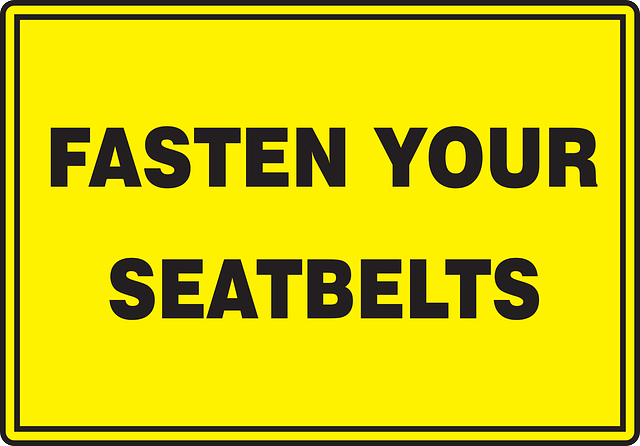Nobody sells more online than eBay. Except of course for Amazon. With 165 million active users in 2016, eBay is only eclipsed by Amazon’s 310 million active users worldwide. The combination of the two gives retailers access to half a billion active customers all for the simple process of signing up.
Both sites are trusted third-party resellers whose reach is incomparable to what small businesses can achieve on their own. If you’re a small business, the question isn’t whether or not you should sell in Amazon and eBay. The question is why you aren’t selling there already.
Here’s a breakdown of some important facts, features and perks of both ecommerce sites.
Cast a Wider Net
The main reason retailers decide to sell on Amazon or eBay is to increase their brand’s exposure (and to increase sales). Consumers may come across their brand or their business on Amazon or eBay who would have never found it otherwise. This results in increased sales and can also increase the chance of acquiring new loyal customers, not just one-time shoppers. Amazon claims that new sellers increase their sales by up to 50% after joining.
The Leaders of a Leading Sales Platform
Ecommerce sales are increasing every year as more and more consumers opt for the convenience of online and mobile shopping. By the end of 2016, worldwide ecommerce sales were expected to reach nearly 2 trillion dollars. By 2020, that number is expected to double. Ecommerce is a winner’s game and Amazon and eBay are the leading teams.
Cross-Border Sales
Amazon has made cross-border sales very easy by allowing for a single seller account which can be used in the UK, France, Germany, Spain and Italy. That means you don’t have to create a new account for each country, but use the same account to sell across many international markets. This eliminates having to manage multiple accounts and keep track of inventory for each. Amazon has a steady presence in Europe with 353 of the world’s 1,000 top sellers. The UK leads the pack with 205 top sellers, followed by Germany with 86 top sellers. Here’s the top of the bestsellers by category.
EBay also offers cross-border trading capabilities and eBay business is booming in Europe. The UK leads the way again with 239 of the 1,000 european top eBay sellers, followed by 159 in Germany. Buyers tend to go to eBay for consumer goods with Home & Garden topping the list as the most popular category.
Perks
While both Amazon and eBay are behemoth ecommerce platforms, they are distinct in their approaches and each offers their unique benefits to the seller:
- Amazon has a larger customer base. In Amazon you can sell your products at a fixed price and the fees are around the 15% per sale.
- EBay it’s more willing to sell uncommon items. The eBay customer base is smaller than Amazon but still wide. Unlike Amazon, eBay charge an insertion fee for listing your products.
Tips for Success
- Follow the rules – Both Amazon and eBay have extensive regulations that retailers need to follow. Please be sure to read their requirements thoroughly before you start selling so you don’t run into any trouble down the road.
- Reviews – It’s very important to Amazon consumers to see reviews of your product before purchasing. The quality and volume of reviews also figures into their ranking system so the more positive reviews you have, the higher up on the list you’ll appear. However, most customers (90%) fail to leave reviews. To increase your reviews, you could ask local clients to leave you a review or use a software that helps increase feedback volume.
- Shipping – Some clients want free shipping and others want fast shipping. Offer both options under quality conditions to cater to those who are looking for the most economical price and those who need your product ASAP. Reliable and quality shipping conditions matter a lot to clients.
- Fees – Both eBay and Amazon charge fees to sell with them. Check out their fees policies so you can figure out how much you need to adjust your selling price in order to make a profit.
Caution
When you start selling on Amazon and eBay, remember that you’ve just added another point of sale to keep track of. You’ll need to adopt a software to sync your company’s website with Amazon and eBay so you don’t end up overselling stock you don’t have or fumbling your accounting records. Softwares such as Sellbrite, Stitch, or Singularity can help you sync up.
There are a lot of benefits to selling on Amazon and eBay including the opportunity to increase sales and brand exposure. Sell smart by following their regulations, staying aware of fees and making sure your sales are synced with your brand’s website.
Tracy Blanchard
Latest posts by Tracy Blanchard (see all)
- Top 10 Creative Marketing Viral Videos - June 21, 2017
- 10 Wonderful Examples of Creative Landpages - June 2, 2017
- 10 Wonderful Examples of Stickers in Marketing - May 24, 2017

 English
English Português
Português Español
Español Italiano
Italiano









